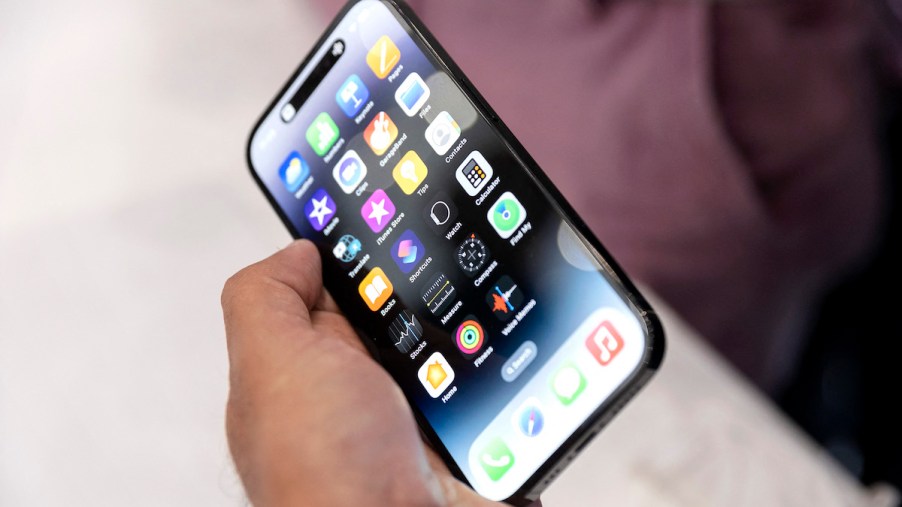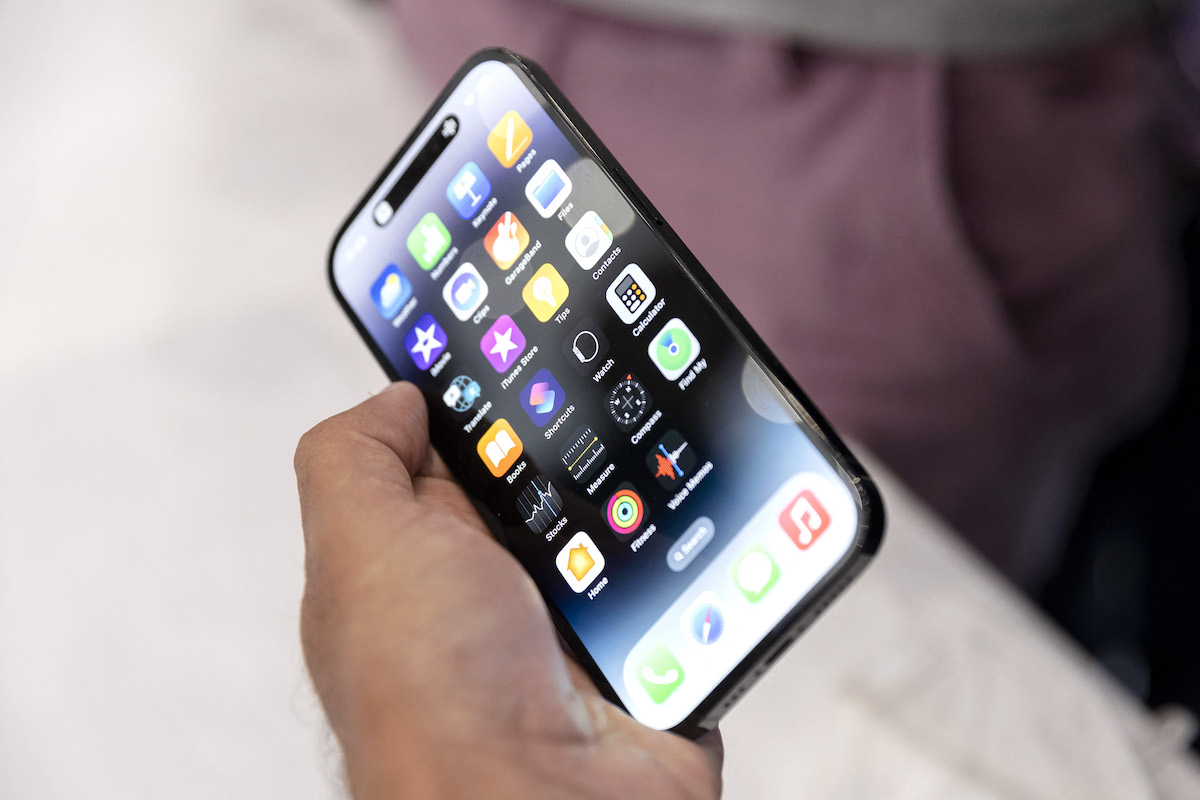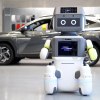
Apple’s Crash Detection Calls 911 From Roller Coasters, but What About Cars?
The iPhone can handle technologically impressive operations, but one of the newest features might even improve car safety. With Apple’s Crash Detection, the new iPhone 14 and Apple Watch can sense when a user has been in a car accident and automatically dial 911. If the feature works as intended, it could save lives. However, critics have cast doubts on its practicality. For example, other situations, like roller coasters moving safely, have triggered 911 calls. But does Crash Detection work in cars?
New iPhones have mistaken roller-coaster movements for car crashes

Apple’s Crash Detection is supposed to recognize car accidents using an accelerometer and gyroscopic sensor inside an enabled iPhone or Apple Watch. As of this writing, the feature is available only in the iPhone 14 and the latest Apple Watch. In theory, these devices can detect sudden changes in motion during a collision, triggering Crash Detection. After a brief countdown, the iPhone or Apple Watch automatically dials 911 and gives authorities the user’s location unless the user manually stops the iPhone from calling.
It sounds like a potentially life-saving feature by getting emergency personnel to the scene of an accident faster. However, Apple’s Crash Detection has had some unintended consequences. According to The Verge, an iPhone 14 recently called 911 because it detected a crash while its owner was riding a roller coaster. The ride’s speeds and sudden changes must have mimicked the sensations of a collision enough to trigger the phone’s sensors. Because the user had stowed their iPhone on them during the ride, they couldn’t dismiss the Crash Detection before it dialed 911.
So, does Apple’s Crash Detection work in actual car accidents?
The roller-coaster incident highlights how Apple’s Crash Detection feature isn’t foolproof, but the real question is whether it can detect car crashes.
The Wall Street Journal conducted a fun yet informative Crash Detection test using a demolition derby driver slamming into parked vehicles to simulate real-world accidents. The test results were mixed. The iPhone and Apple Watch in the derby car sometimes recognized a crash, but iPhones in the parked vehicles failed to detect impacts.
However, there are also real-world cases of Crash Detection helping accident victims. The Wall Street Journal cites a car collision in Pennsylvania in which an iPhone 14 using Crash Detection alerted authorities before anyone else did. The accident wasn’t fatal, and Crash Detection didn’t necessarily save any lives. But this scenario shows how the feature could help.
A story involving a fatal crash in Nebraska and Crash Detection also made recent headlines. According to Apple Insider, six occupants were in the vehicle that crashed. No one witnessed the accident, but Crash Detection called 911. Only one occupant was still alive when emergency personnel arrived but later died from their injuries. Though tragic, this incident shows what Apple’s Crash Detection can accomplish. If the feature had not alerted authorities, more time might have passed before someone had noticed the crash.
How do you turn off Apple Crash Detection?
The examples above highlight Crash Detection’s varied results in the feature’s short time on the market. Although real-world scenarios have proven it can detect car crashes, it has missed others, and roller coasters can trick it.
If an iPhone or Apple Watch user is concerned about their device calling 911 outside of an emergency, they can turn off Crash Detection. According to Apple, the feature is on by default. To disable it, go to Settings and Emergency SOS. Then turn off Crash Detection.


